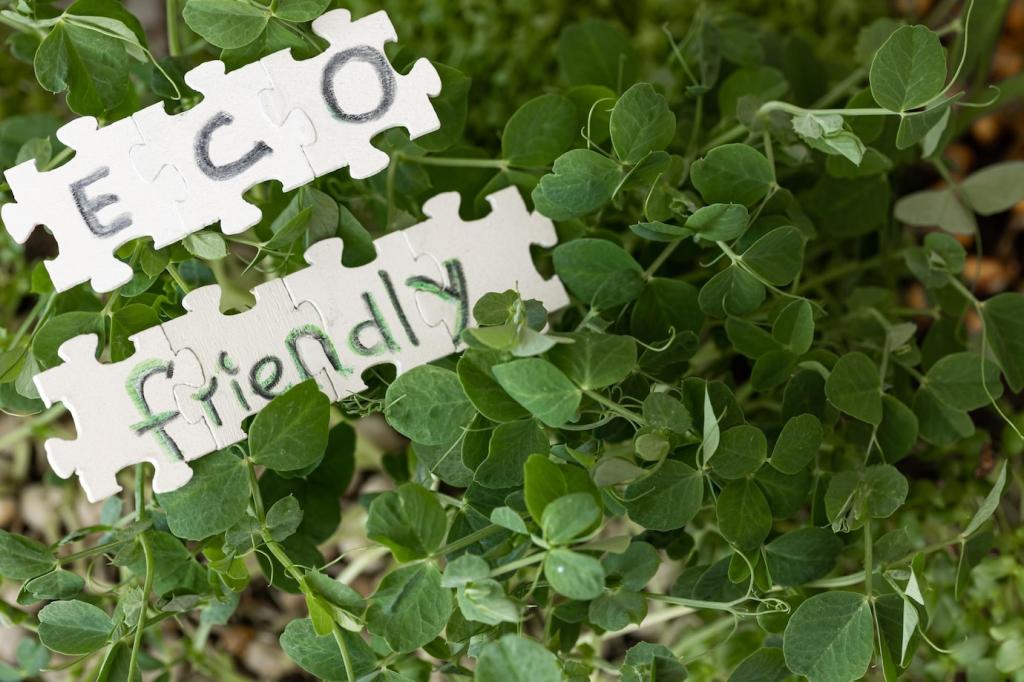Why Sustainable Materials Matter at Home
Every material carries embodied carbon from extraction, manufacturing, and transport. Choosing renewable, recycled, or low-energy products can drastically shrink your project’s climate impact. Look for Environmental Product Declarations to compare options transparently, and share in the comments which EPDs you have found most helpful when deciding.
Why Sustainable Materials Matter at Home
Low-VOC finishes, formaldehyde-free composites, and natural fibers help keep your home’s air clean. Materials like clay plaster and wool can buffer humidity, smoothing out daily swings. If someone in your household has sensitivities, tell us what changes helped most—your story could guide another family toward relief.


